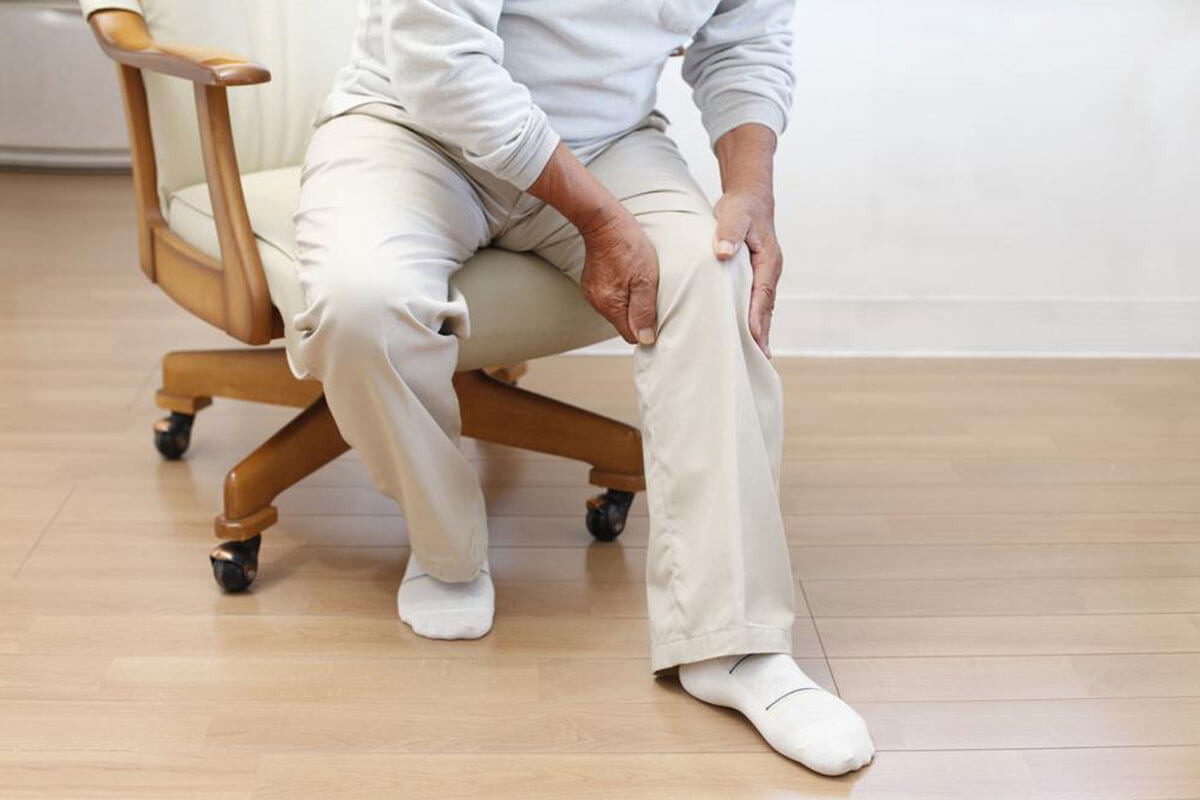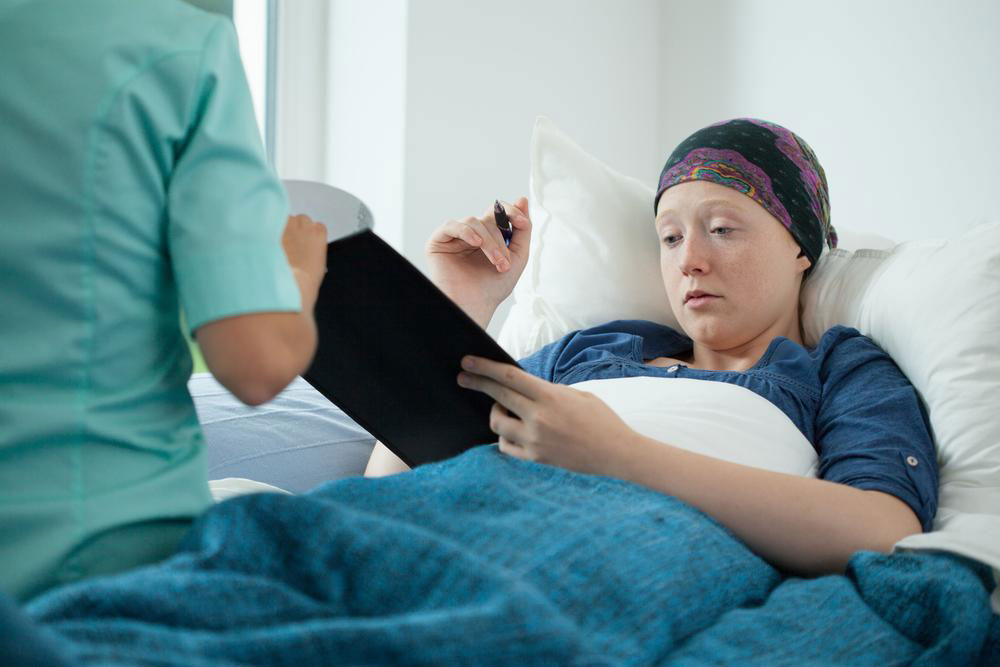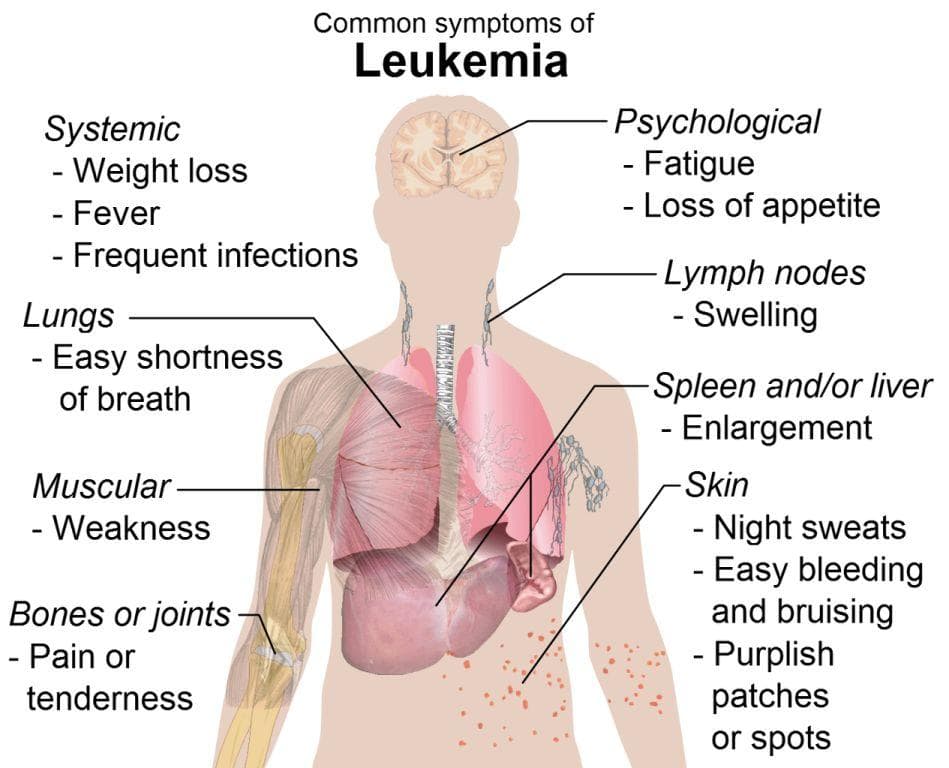Recognize These Signs of Leukemia in Your Body
Be aware of subtle leukemia symptoms like fatigue, fever, and swollen lymph nodes. Early detection through recognizing these signs can significantly improve treatment outcomes. This guide details the types and symptoms of leukemia to help you stay alert to potential health issues and seek prompt medical care.

Recognize These Signs of Leukemia in Your Body
There are many subtle symptoms indicating leukemia that you might overlook. Being alert to these physical changes can lead to earlier diagnosis and more effective treatment.
Understanding leukemia
Leukemia is a type of blood cancer originating in the bone marrow, responsible for creating blood cells. When leukemia develops, it causes an overproduction of abnormal white blood cells that interfere with normal blood function. These leukemia cells multiply rapidly, eventually overtaking healthy blood cells within the marrow.
White blood cells help combat infections, but when they malfunction, it can lead to issues such as bleeding, anemia, and increased susceptibility to infections. Leukemia cells can also spread to lymph nodes and other organs, causing pain and swelling.
Types of leukemia
Depending on how quickly symptoms develop, leukemia is classified as acute or chronic. Acute leukemia causes rapid symptom progression, making individuals feel quite ill early on. Chronic leukemia may progress slowly, with few symptoms in the initial stages.
Leukemia is further categorized based on which blood cells are affected, with four primary types:
Acute lymphoblastic leukemia (ALL)
Acute myelogenous leukemia (AML)
Chronic lymphocytic leukemia (CLL)
Chronic myelogenous leukemia (CML)
Other subtypes include hairy cell leukemia and certain variants like promyelocytic leukemia.
Signs and symptoms to watch for
In early stages, leukemia may not cause noticeable symptoms. The disease’s progression varies by type, but recognizing common and atypical signs is crucial for early diagnosis. Keep an eye out for these symptoms:
Common symptoms
Persistent fatigue and weakness without clear cause
Frequent fever and chills
Bone or joint pain
Recurrent infections
Small red spots on skin (petechiae)
Unusual bleeding from gums, nose, or rectum
Heavy menstrual bleeding
Headaches and night sweats
Shortness of breath
Unexpected weight loss or loss of appetite
Abdominal discomfort
Swelling or pain in the upper abdomen
Unexplained bruising
Additional signs of leukemia
Swollen lymph nodes: Noticeable swelling in the neck, armpits, or groin can indicate spread to lymphatic tissues.
Anemia: Low red blood cell levels might cause fatigue and shortness of breath.
Leukopenia: Reduced white blood cells increase infection risk.
Thrombocytopenia: Low platelet counts lead to easy bruising and bleeding.
Enlarged liver or spleen: Abnormally large organs can cause fullness, discomfort, or swelling in the upper abdomen.
Symptoms like fatigue, fever, or body aches often resemble cold or flu signs but tend to persist if related to leukemia. Prompt medical consultation upon such signs can be life-saving, allowing early intervention and better outcomes.










